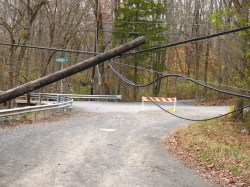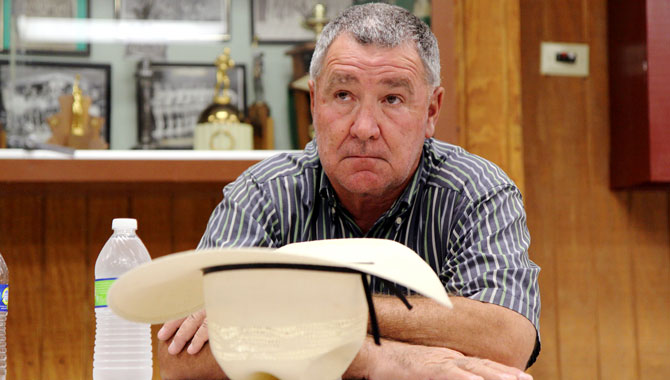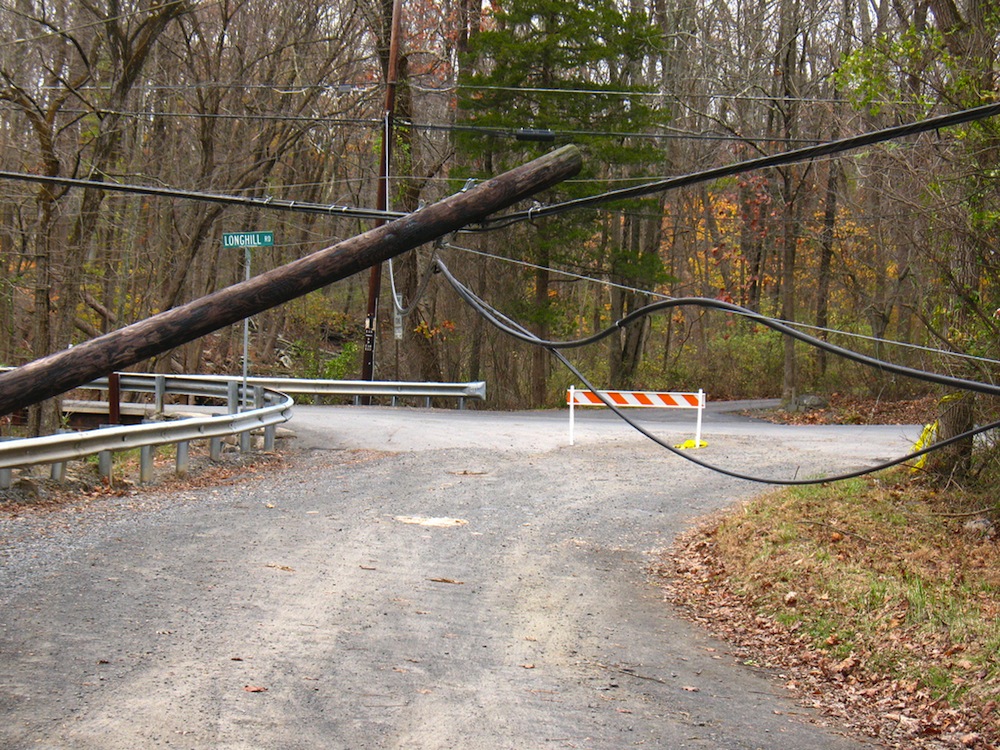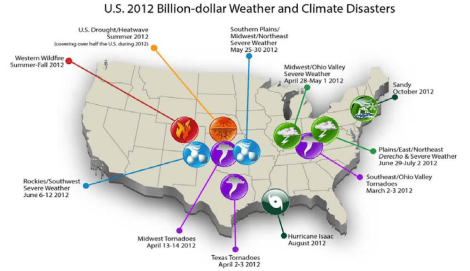
VilseskogenSuperstorm Sandy got the better of this power pole in New Jersey last year.
An era of ferocious storms and wildfires is not mixing well with America’s aging electrical grid.
The White House published a report Monday calling for a substantial amount of money to be spent fortifying the country’s electrical grid, better protecting transmission lines and other infrastructure from storms, floods, and other severe weather events. From the report [PDF]:
Severe weather is the number one cause of power outages in the United States and costs the economy billions of dollars a year in lost output and wages, spoiled inventory, delayed production, inconvenience and damage to grid infrastructure. Moreover, the aging nature of the grid — much of which was constructed over a period of more than one hundred years — has made Americans more susceptible to outages caused by severe weather. Between 2003 and 2012, roughly 679 power outages, each affecting at least 50,000 customers, occurred due to weather events.
The number of outages caused by severe weather is expected to rise as climate change increases the frequency and intensity of hurricanes, blizzards, floods and other extreme weather events. In 2012, the United States suffered eleven billion-dollar weather disasters — the second-most for any year on record, behind only 2011. The U.S. energy sector in general, and the grid in particular, is vulnerable to the increasingly severe weather expected as the climate changes.
The study, by the White House Council of Economic Advisers and the U.S. Department of Energy, concludes that weather-related power outages cost America between $18 billion and $33 billion per year. What would it take to substantially reduce that figure? The Obama administration doesn’t offer specifics, as the AP reports:
The White House report says increased spending in recent years has still not matched the level of investment between 1960 and 1990. It suggests new spending should be focused on a few main areas, including “hardening” the system by installing stronger equipment, building more transmission wires and energy storage systems to make the grid better able to absorb shocks, and installing more sophisticated technology.
The report does not suggest how much new spending was needed, where that spending would come from, or how much money would be saved by preventing some outages and making others less severe.
The following map, taken from the new report, shows last year’s billion-dollar disasters and makes the point that lots of different kinds of weather events could plunge areas into darkness:




